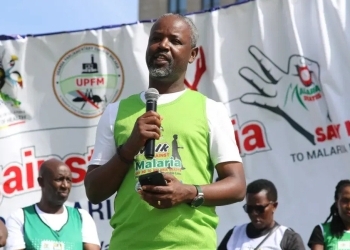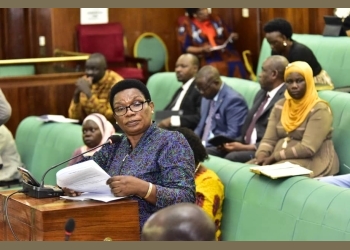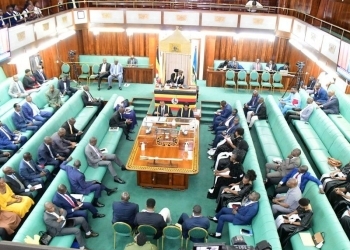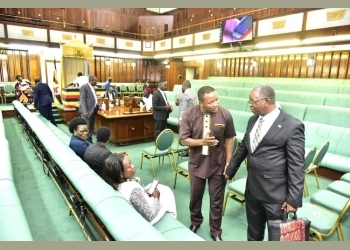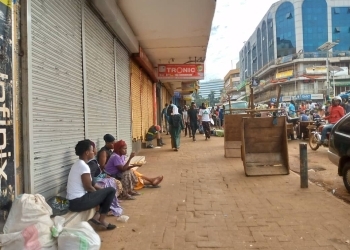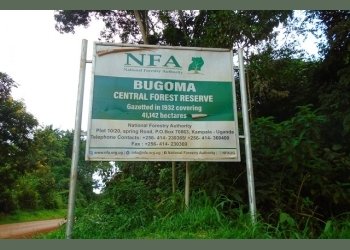
Uganda’s power distribution company, Umeme has become one of the most loathed brands in Uganda. Despite her achievement of ensuring that millions of Ugandans have access to electricity, many seem not to appreciate.
Well, maybe this should be the time to change your mind. For the past 12, Umeme has extended its wings from Urban to rural areas. Before the company’s inception, electricity was reserved for urban dwellers. This was under the government run Uganda Electricity Board, where power outages were expected rather than a surprise and the national power company was losing four in every ten shillings of power it produced to thieves and an old network.
However, observers noted that things started to improve in 2005 when Umeme, a private company was awarded a 20 year concession. At the start of the concession, Commonwealth Development Corporation (CDC), which initially led the concession before handing over to Actis, reported that the 20,000 km network of poles, substations and wires was in a sorry state.
They further estimated that at least 120,000 poles were rotten and in need of urgent replacement to ensure supply reliability across the grid. It became quickly apparent that not only were there huge energy losses to the system to the extent of 38% of all power distributed, but that the power utility was not collecting all the money due to it.
At the beginning of the concession in 2005, only 80% of billings were being collected. A World Bank study in 1988 had concluded that Uganda’s electricity system was financially not viable due to distribution inefficiency characterized by high energy loses (40%) and uncollected bills. The then Uganda Electricity Board (UEB), was heavily reliant on Government subsidies.
In the first year of the concession $6m (about sh22b) was invested, a figure which has now grown to a cumulative $500m (sh1.8 trillion) by the end of June 2017.
According to Umeme, this investment has been put to good use as the company’s revenues and profits have continued to grow but most telling has been the dramatic increase in people connected to the grid. The network infrastructure has more than doubled.
A report from Umeme indicates that at the end of June 2017, customer numbers were about 1,019,453 up 19% from the same time last year when the figure stood at 860,563. The 158,890 new customers added to the grid in the 12 months to June are half the number of clients Umeme found connected to the grid in 2005.
In the last year, Umeme connected half the number of people it took the defunct Uganda Electricity Board (UEB) to add to the grid since 1948 – almost 60 years prior, when it was created.
Also, revenues have jumped tenfold since the beginning of the concession. Last year Umeme collected sh1.2 trillion, compared to about sh130b in 2005. UETCL was paid sh852b as power purchase costs from Independent Power Producers.
A World Bank study among 30 African countries in 2016, titled “Making Power affordable for Africa and viable for utilities”, noted Uganda and Seychelles as the only countries with near self-sufficient sector revenues; without reliance on Government subsidies. Uganda achieved this mainly through improving on efficiencies especially system losses and operating efficiency.
We spoke to Stephen Ilungole, the Umeme media manager who explained that during the last 12 years of the concession system losses have more than halved to 17.5% (June 2017) of power generated from 38% recorded in 2005.
He noted that the benefit to the economy of the energy loss reduction is about sh260b per annum, which could have manifested itself through higher tariffs of tax payers footing subsidies.
The new efficiencies in the electricity sector have changed the way manufacturers who require constant power supply, school going children who need lighting to study, and households who require quick connections view the energy sector.
There have also been benefits to Independent Power Producers who have been attracted to the economy to raise the installed electricity generation capacity from 380MW to about 850MW due to Uganda’s conducive investment climate.
“There is still a lot to do throughout the sector – bringing more power online and expanding the transmission and distribution grid. We have no illusions about this. We need to ready the economy for the extra 1000MW coming on stream,” Ilungole says.
He notes that Umeme on its part is evidently committed to do its part in ensuring a more efficient distribution of power. “I believe a momentum has been created that with government support we can continue earlier successes well into the second half of the concession,” Ilungole observes.
